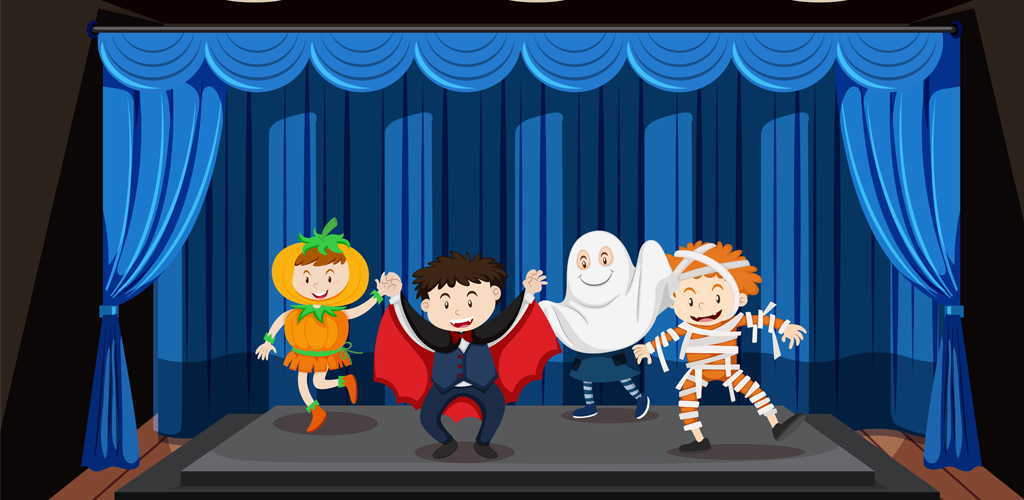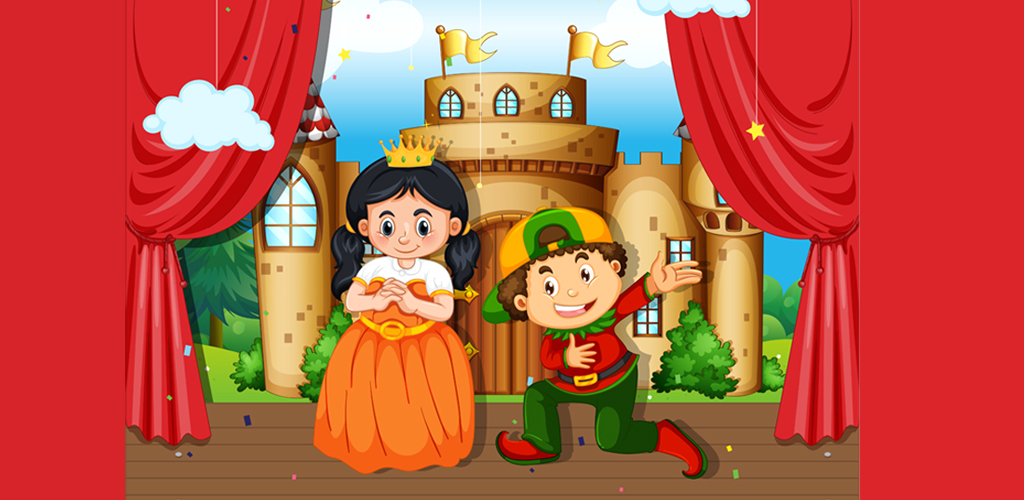Understanding the Role of Drama and Arts in Education
By Samadrita Chakraborty |
Date 05-09-2023

Table of Contents
Admissions Open for
“The object of art is to give life a shape.” – William Shakespeare
The man, who mesmerised the world with his tragedy, comedy, and sonnets; penned down his thoughts about art like this. The process of shaping our minds starts from a very tender age. As soon as kids enter the world of education, they start getting influenced by external resources. From a stagnant stream, they become a reckless river flowing from the mountain. According to education theorists like John Dewey and Maxine Greene, aesthetic experiences produced through the creative arts play an integral part in encouraging children to imagine and experience the world from new and multiple perspectives.
Therefore, the inclusion of drama and art in education is essential from a tender age. Now, including these activities in children’s curriculum and giving them separate lessons for this is different. So, let us first discover what is drama and art in education.
What Is Drama and Art in Education?

Many parents encourage their children to take lessons in drama and art separately. But they remain just some extra skills for them. Most children fail to incorporate their knowledge of these performing arts into their regular lessons. Think how great it will be if your child can learn these activities in school and celebrate the true essence of these art forms. The form of drama in education helps children with their healthy mental and physical health—schools like Orchids lay strong emphasis on experiential learning. Drama can be great machinery for them. Enacting a story or play like “Midsummer Night’s Dream” in the class with their classmates will give them more clarity than reading the drama bluntly. When they animate the characters on the stage, they can fit themselves into the playwright’s and characters’ shoes.
History of Drama in Education

With the rise of American Cinema, the American Board of Education realised the true potential of drama in children’s upbringing. Therefore, acting became a vital part of their curriculum. Not only the board but also parents understood the role of drama in education. The education board took it further and made the drama a part of children’s English lessons. A casual lesson was noteworthy, and the discussion about literature became more intense. Children started getting the true essence of literature by enacting characters on the stage.
By 1920’, after the release of the great American movie Citizen Kane, drama became a crucial part of children’s curriculum. Education boards worldwide pondered upon the importance of art & drama in education. So, children did not only read about Romeo & Juliet. They lived their life.
Around the 1960s, things started changing, and drama got excluded from being a natural part of the curriculum. It became an extracurricular activity. But, still, the advantages of drama in education did not decrease. Instead, it survived with similar pride and glory.
Importance of Drama and Art in Education
Grows Leadership Potential
After the pandemic, children lacked confidence as they were detached from conventional schooling for a long time. Performing drama encourages the leader inside them and inspires them to take hold of the situation.
Teaches Self-Expression
Children are becoming introverts as they do not connect with a lot of people physically nowadays. Online communication builds skills. But, they are not worth applying when it comes to daily life. Children learn to express themselves through performing skits. Drama and other art forms also significantly contribute to children’s emotional growth.
Life Skill Training
Performing arts bestow various life skills like compassion, teamwork, collaboration, and cooperation. The role of art and drama in education has made many generations speak and write on their own.
Find Their Voice
If you scroll up a little to the first half of the 19th or 20th century, you will meet people who are scientists as well as writers, sportsmen as well as singers. Constant practice of drama and art bestows magical confidence in children that they feel comfortable voicing their opinions irrespective of their field of work.
Constructive Criticism
Nowadays, criticism is used in a negative sense. But, there was a time when the foundation of art and culture was criticism. When children start understanding drama and arts in education, they begin constructive criticism. One needs to read a lot to engage in such criticism, as it is a two-way conversation where the listeners and speaker both learn.
Types of Drama in Education
To incorporate drama into education, teachers must make it part of the daily curriculum. When children perform drama in the boundary of the classrooms, they can only limit it with the forms like:
- Mime
- Role plays
- Drama games
- Puppet plays
- Masked drama
- Radio drama
So, performing drama and art in education is a continuous process. It requires perseverance and patience. Therefore, teachers have to put enough effort into making the activities engaging.
Finally, I want to send a message to the parents and the teachers. Understanding children becomes easier when you do it through art and culture. The more they express themselves, the more transparent they become to the adults.
FAQs
1.What is the role of art in education?
Ans: Art in schools encourages creativity, critical thinking, and emotional expression. Through art, students acquire the skills of problem-solving and cultural awareness and become more confident in their learning processes. It also promotes cooperation and fine motor skills and, therefore, supports all-round academic success.
2. What is the concept of drama in education?
3. What is the importance of education drama?
4. What is drama in art?
Related Blogs
Humongous Benefits Of Music For Kids
Why is Music Education Important in Schools?
12 Benefits of developing creativity through Creative Activities for Children
CBSE Schools In Popular Cities
- CBSE Schools in Bangalore
- CBSE Schools in Mumbai
- CBSE Schools in Pune
- CBSE Schools in Hyderabad
- CBSE Schools in Chennai
- CBSE Schools in Gurgaon
- CBSE Schools in Kolkata
- CBSE Schools in Indore
- CBSE Schools in Sonipat
- CBSE Schools in Delhi
- CBSE Schools in Rohtak
- CBSE Schools in Bhopal
- CBSE Schools in Aurangabad
- CBSE Schools in Jabalpur
- CBSE Schools in Jaipur
- CBSE Schools in Jodhpur
- CBSE Schools in Nagpur
- CBSE Schools in Ahmednagar
- CBSE School In Tumkur

Call Us to know more about Orchids
Swipe Up

















